Volunteer Divers Help with Underwater Recovery in Tohoku
More than three years have passed since the 2011 Tohoku earthquake and tsunami, but hardly a day goes by without some mention of the disaster. Efforts are continuing today to restore the affected areas, including areas under the sea.
Given the utter devastation caused by the tsunami, I began asking myself whether there was anything I could do to help out as a diver, and I started looking online for diving or marine-related volunteer work. Somehow I came across Sanriku Volunteer Divers, established by Hiroshi Sato. Hiroshi comes from Iwate Prefecture and was working as a dive guide in Thailand when the disaster hit. After returning home he began getting involved in the cleanup, when one day he was told that perhaps he could help recover the debris that had been washed out to sea. This marked the start of a huge underwater operation and a group that’s been diving almost every day since March 2011.
Today, volunteers from all over Japan go to help. It’s important to note that those who wish to participate in underwater activities need a good deal of experience—a rescue diver certification at the very least. Non-divers can also join in by helping out on land and assisting the divers. The divers’ work is certainly not fun. They are often underwater alone, so they must be sure they know what to do if they become stuck or tangled in something. They have a rope around their waists that they tie to any debris, while people on land (who are usually paired up with a diver) wait and help bring the debris to shore. Anything that is harder to lift, such as tree trunks, will be removed with boats or cranes, while smaller items like fishing nets can be taken away more easily. The debris is then sorted, and personal items like handbags are put aside and cleaned in case someone later claims them.
Slightly strict regulations among fisheries-related groups have made it harder for some areas to be accessed, but nevertheless there has been a lot of progress made. Fun dives are also arranged, during which it’s possible to see scallops, sea squirts and underwater vegetation. The group also cultivates species and conducts ecology investigations and underwater surveys before setting up small aquaculture farms. Visits to primary and junior high schools are held to introduce the group’s activities, and schools in the area have recently begun holding lessons on reconstruction in which Sanriku Volunteer Divers plays a role. Adults can also find out more through seminars and talks in places like Osaka and Tokyo.
Before the disaster, one of the area’s main attractions was the Salmon Swim in a nearby river, where visitors could don a mask and snorkel to observe the salmon return and run upstream after four years’ migration through the open ocean. Today the salmon are slowly coming back, and Hiroshi is also working with aquaculture facilities along the river that farm the fish and release them into the water when they are fully grown.
In the future the group aims to widen the area it’s working in, arrange some charity dives, and hold more exchanges and talks among fishing villages to expand the scope of its work. It is also looking at turning its activities into an eco-tourist attraction, offering people a chance to learn more about the affected areas through volunteering.
During a diving-related event in Tokyo this April, I met with Hiroshi and he told me how vital it is to continue spreading the word about the group’s latest activities. But above all, he said, it’s important to show gratitude by thanking those who have given up their time to volunteer. Hiroshi also explained that the strong bond between the divers and the local fishermen has made the biggest impression on him. One fisherman apparently told him, “We have been through so much because of the disaster, but there have been joyous occasions too, in particular the sheer number of people who have come from all across Japan, and indeed abroad.”
Just having people come to Tohoku is a joyous occasion in itself for Sanriku Volunteer Divers and those they are working with.
Unfortunately, the group’s website is currently only available in Japanese, but please email info@sanrikuvd.org for further information. You can also read about my volunteering experience in my blog.
All underwater photos copyright Sanriku Volunteer Divers.

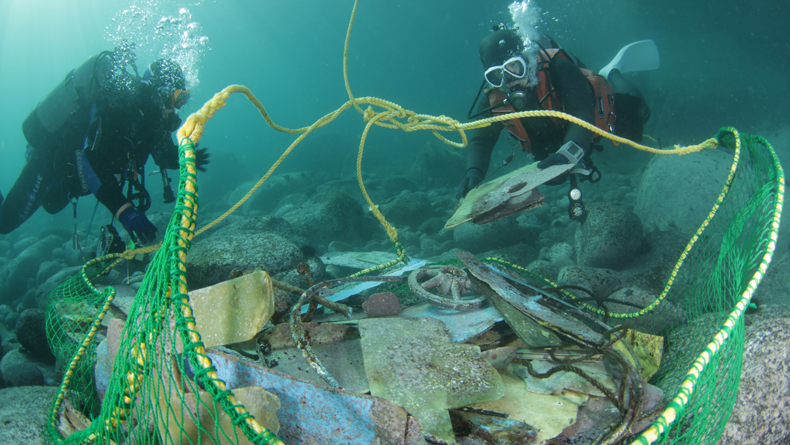
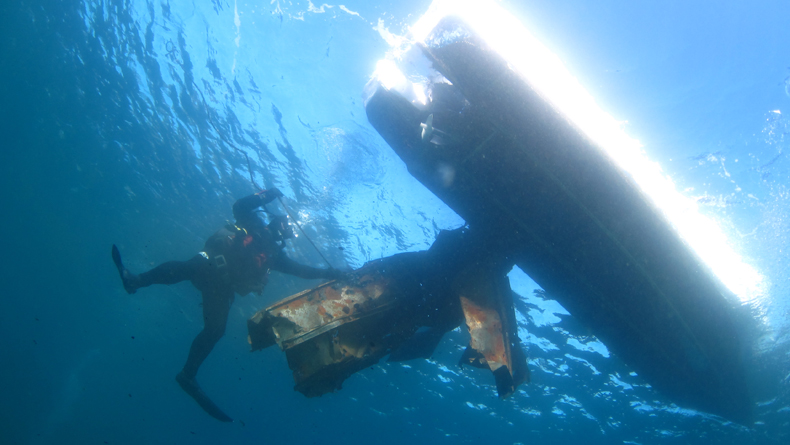
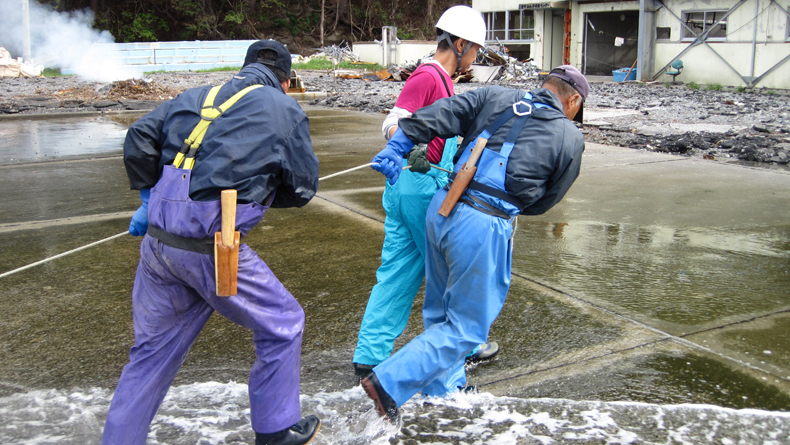
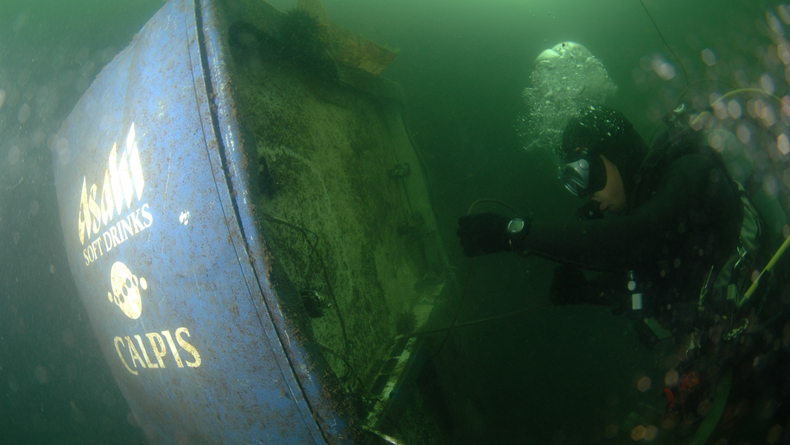
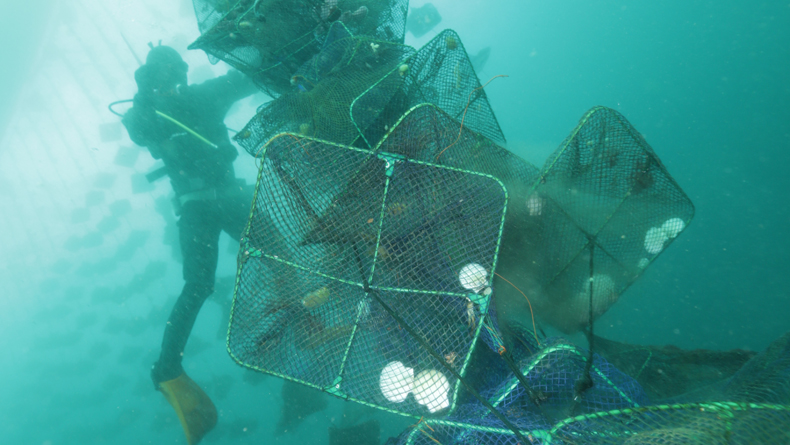











Leave a Reply